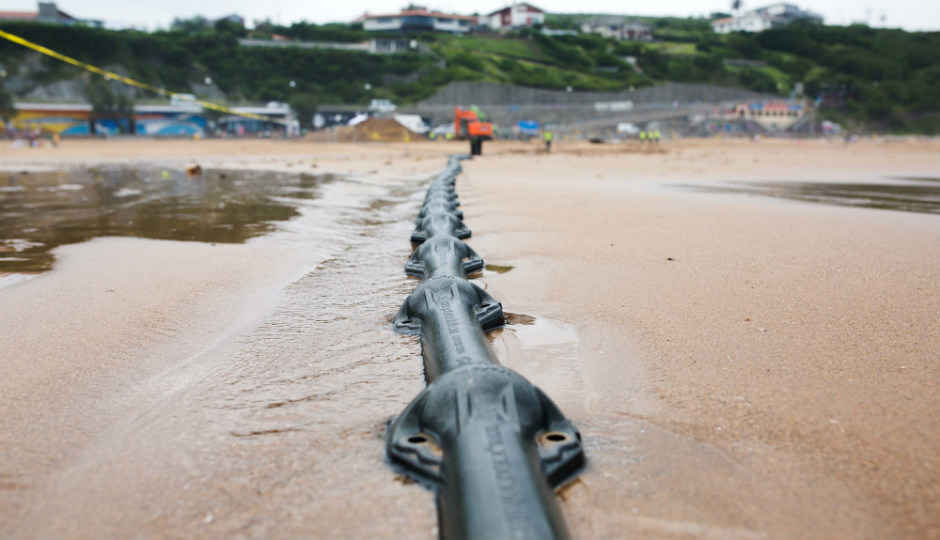Researchers set new internet speed record in transatlantic undersea cable

Researchers were able to transfer data at speeds of up to 26.2 terabits per second, which is 20 percent more than what the cable’s developer thought possible.
Highlights:
- Researchers set a new internet speed record with the Marea undersea cable.
- They used 16QAM modulation toolkit to modulate the lasers being sent.
- This enabled bumping up data transfer speed up to 26.2 terabits per second.
The internet, as we know it, might seem intangible since it’s a digital domain but it is actually enabled via cables. To be specific, long and heavy undersea cables allow users around the world to access the internet. These cables connect different countries, and continents, together to facilitate data transfer. One of these cables called Marea runs from Virgin Beach in the US to Balboa, Spain and it has apparently set a new internet speed record by transferring data at an unprecedented rate. As per a media release, Infinera, a transport network solutions company, employed its new experimental tool-kit called 16QAM modulation toolkit to modulate the lasers being sent via the cable. These generated signals were transferred at speeds of up to 26.2 terabits per second, which is said to be over 20 percent of what the cable was expected to be capable of.
The new method will be presented at the upcoming Optical Fiber Conference and Exposition in March, in the USA. The transatlantic cable Marea is funded in part by Microsoft Telxius, and Facebook, and holds the record for the highest-capacity cable crossing the Atlantic Ocean. It became operational last year and consists of eight pair of optic fibers, each pair of which can carry 20 terabytes of data per second, which, in layman terms converts to the capability of streaming over 4 million HD videos at once. “In an optical fiber, it’s desirable to carry more data per second, which we call the fiber capacity, and also to be able to send the signal over longer distances, which we call the optical reach,” says Dr Pierre Mertz, an author on the study. “In simple terms, if you try to push the limits of fiber capacity you will reduce the reach. “
As per the media release, the challenging part was bumping up the data transfer speed to such an extent that they were operating close to the Shannon Limit. The Shannon limit is the theoretical data transfer rate for a communication channel.
Related Reads: ISRO chairman says India to soon get more than 100 Gbps internet speeds with the launch of three new satellites
Digit NewsDesk
Digit News Desk writes news stories across a range of topics. Getting you news updates on the latest in the world of tech. View Full Profile





